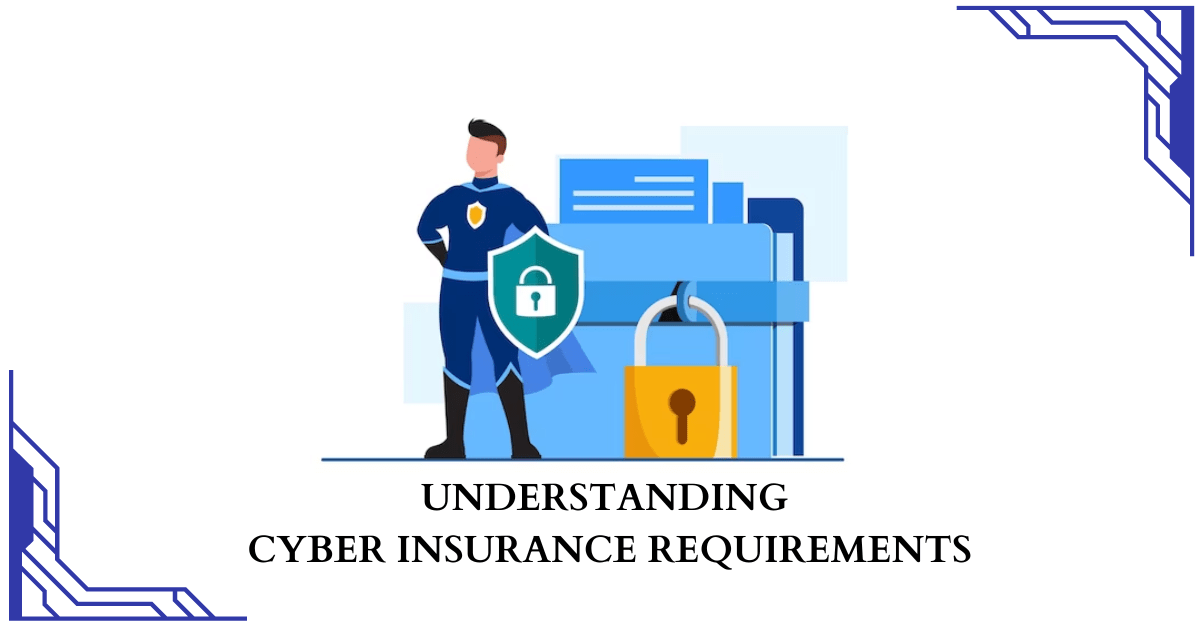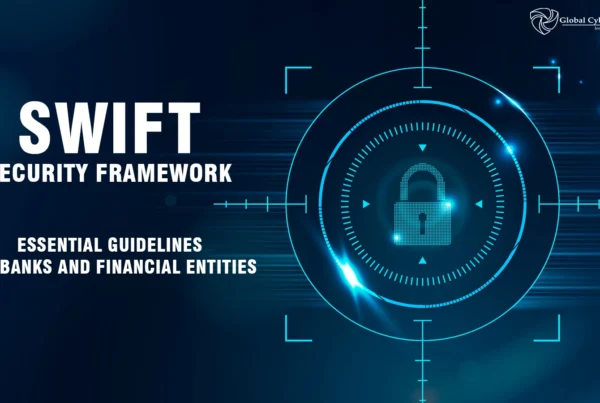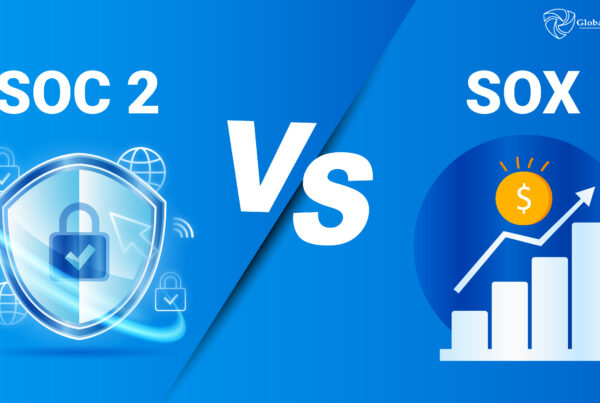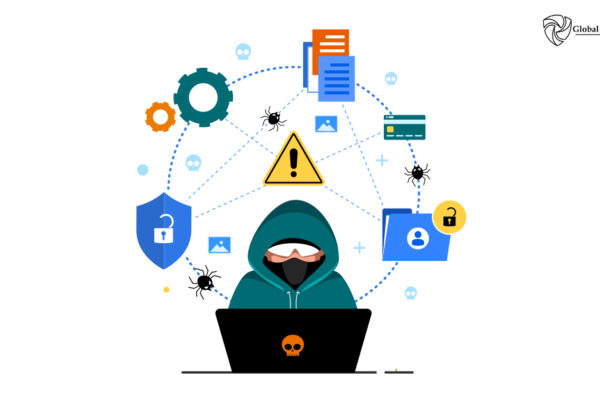
Introduction
In today’s interconnected digital world, where businesses rely heavily on technology and data, the risk of cyberattacks and data breaches is ever-present. No organization, big or small, is immune to these threats. This has led to the rise of cyber insurance as a crucial component of a company’s risk management strategy. In this article, we will delve into the world of cyber insurance, discussing its importance, key requirements, and how businesses can navigate this evolving landscape.
What is Cyber Insurance?
Cyber insurance is a type of insurance that protects businesses from financial losses resulting from cyberattacks. These losses can include the cost of data restoration, legal fees, and customer compensation. Cyber insurance can also help businesses cover the cost of regulatory fines and penalties.
Why is Cyber Insurance required?
Cyberattacks are becoming increasingly common and sophisticated. In 2021, there were over 623 million data breaches worldwide, exposing the personal information of billions of people. These breaches can have a devastating impact on businesses, both financially and reputationally.
Cyber insurance can help businesses protect themselves from these risks. By having cyber insurance, businesses can recover more quickly from a cyberattack and avoid going out of business.
The Growing Need for Cyber Insurance
As the digital landscape continues to expand, so do the risks associated with it. Cyberattacks, data breaches, and other cyber incidents can wreak havoc on an organization’s finances, reputation, and operations. The financial implications of such events can be staggering, from legal fees and regulatory fines to the cost of restoring systems and recovering lost data. Moreover, the damage to a company’s reputation can be irreparable, leading to loss of trust among customers and partners.
This is where cyber insurance comes into play. It provides a safety net that helps businesses mitigate the financial fallout from cyber incidents. Cyber insurance policies typically cover a range of expenses, including:
Data Breach Response: This covers the costs associated with notifying affected parties, providing credit monitoring services, and managing public relations.
Cyber Extortion: Some policies cover the costs of dealing with cyber extortionists who demand a ransom to release sensitive data.
Legal and Regulatory Costs: Cyber insurance can help with legal fees and regulatory fines resulting from a data breach or cyber incident.
Business Interruption: It may cover losses related to business disruptions caused by cyber incidents, such as downtime and lost revenue.
Data Restoration: Costs associated with restoring lost or damaged data can also be included.
Reputation Management: Assistance with public relations efforts to rebuild trust after a cyber incident.
While cyber insurance can be a lifeline for businesses in the face of cyber threats, it’s important to note that not all policies are created equal. The requirements and coverage can vary significantly, making it essential for organizations to understand their specific needs and obligations.
Understanding Cyber Insurance Requirements
Risk Assessment:
Before purchasing cyber insurance, organizations need to conduct a thorough risk assessment. This involves evaluating their digital assets, data sensitivity, and vulnerabilities. Insurers often require businesses to demonstrate a proactive approach to cybersecurity. This includes implementing security measures such as firewalls, encryption, and regular software updates.
Policy Selection:
Choosing the right cyber insurance policy is crucial. It’s not a one-size-fits-all scenario. Businesses must carefully review policy options and select one that aligns with their unique needs. Policies may differ in terms of coverage limits, deductibles, and specific types of incidents covered.
Deductibles and Coverage Limits:
When selecting a policy, organizations should pay close attention to the deductible and coverage limits. The deductible is the amount the insured must pay before the insurance company starts covering costs. Coverage limits determine the maximum amount the insurer will pay for a claim. Balancing these factors is essential to ensure that the policy offers adequate protection without breaking the bank.
Incident Reporting:
Cyber insurance policies often have strict reporting requirements. Businesses must promptly report any cyber incident, even if they are unsure whether it will result in a claim. Failure to report within the specified timeframe could lead to a denial of coverage. It’s crucial to understand the reporting process and adhere to it diligently.
Third-Party Vendors:
Many organizations rely on third-party vendors and service providers for various aspects of their operations. It’s essential to ensure that these vendors have their own cybersecurity measures in place and that they are covered under the organization’s cyber insurance policy. This is particularly important if a data breach or cyber incident occurs as a result of a vendor’s actions or negligence.
Employee Training:
Human error is a common cause of cyber incidents. To meet cyber insurance requirements, organizations often need to invest in employee training programs that promote cybersecurity awareness. Educating employees on the risks of phishing, social engineering, and other common tactics used by cybercriminals can help prevent incidents in the first place.
Regular Audits and Assessments:
Insurers may require organizations to conduct regular cybersecurity audits and assessments. This helps ensure that security measures are up to date and effective. It also demonstrates a commitment to ongoing risk management.
Cybersecurity Policies and Procedures:
Having well-documented cybersecurity policies and procedures is essential for meeting cyber insurance requirements. These documents should outline how the organization handles cybersecurity, incident response, and data protection.
How much does Cyber Insurance cost?
The cost of cyber insurance will vary depending on the size of the business, the industry it is in, and the level of coverage that is desired. However, cyber insurance is typically much more affordable than the cost of recovering from a cyberattack.
Is Cyber Insurance Mandatory?
Cyber insurance is not currently mandatory for businesses. However, it is becoming increasingly recommended, especially for businesses that handle sensitive data.
How to get Cyber Insurance?
To get cyber insurance, businesses will need to contact an insurance company and provide information about their business, such as the size of the business, the industry it is in, and the level of coverage that is desired. The insurance company will then assess the risks and determine the premium that the business will need to pay.
Conclusion:
In the digital age, the question is not whether an organization will face a cyber threat but when. Cyber insurance has emerged as a crucial tool for managing the financial fallout from these incidents. However, obtaining and maintaining cyber insurance requires a proactive and diligent approach.
In the end, cyber insurance is not just a safety net; it’s a strategic investment in the resilience and longevity of a modern business in an increasingly digital world. As the threat landscape continues to evolve, so must our approach to cyber insurance to stay one step ahead of cybercriminals.



